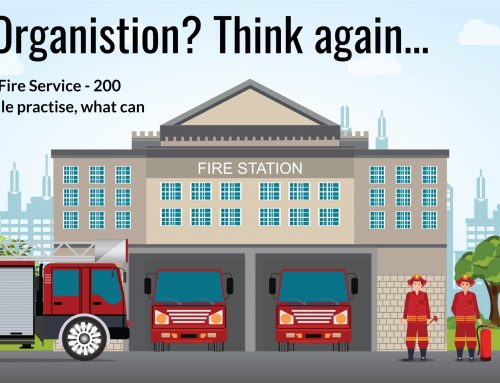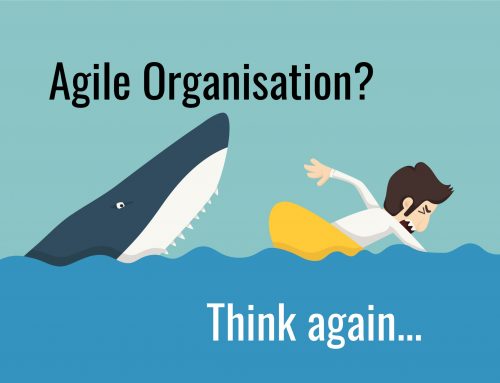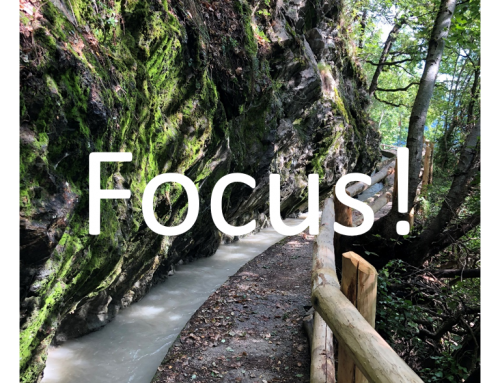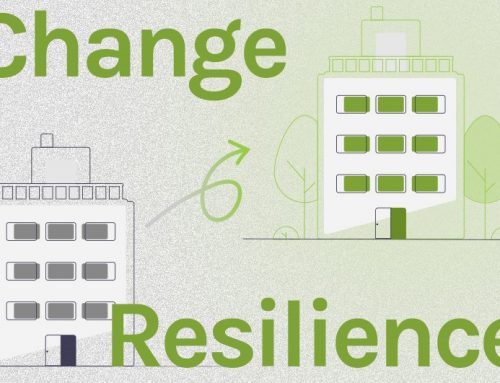2021/11/15
The answer to this is: both – or more precisely: when people work (together) with motivation and energy on relevant topics that make sense to them and utilizing their strengths then great performance can unfold.
First, we need an as clear as possible understanding of what we want to achieve and why, at all levels of a company. Especially if we want to develop our business further (new products / services, processes, business models, etc.) this usually means change. In the vast majority of cases, we need to do things differently and redesign the way we work (together).
To achieve this, it is important to understand that it is the people in our organizations who deliver the results at the end of the day, each and every one of them! In a functional and system-theoretical view, this is very well expressed in the Integrated Management System (IMS)®by Fredmund Malik. It gives good orientation for the right design of management processes. But if we only consider this “rational” side, we leave a lot of potential untapped for excellent performance and satisfaction.
The American philosopher Dan Dennett describes it this way:
“Man’s consciousness is like a government spokesman who has to announce decisions that he was not present when they were made, nor does he know the real reasons for them.”
This unconscious, emotional side of people plays a crucial role in the powerful implementation of strategies. What helps managers to take this side into account even better? What can a holistic approach look like?
Direction & Orientation
The foundation is a shared understanding of the meaning & purpose of the organization, our mission and long-term goals. These can then be translated into key initiatives, meaningful and tangible goals, desired outcomes and indicators for feedback. There are helpful approaches to this, whether from systems theory or other management philosophies (Ikigai, Hoshin Kanri, etc.). The key here is horizontal and vertical participation & involvement of managers and employees.
Convincing & Inspiring Story (Narrative)
We appeal to the emotional side of people by conveying necessity, creating a sense of purpose and making the project perceived as feasible. People want to be invited to participate and become part of the success. A good story prepares our decision whether and how to get involved! Karin Fagetti has described this in her view on “Corporate Story”. The power of a good story shows up again and again, regardless of the challenges. It is definitely an essential building block of leadership to also appeal to people emotionally, to make them curious and to meet their primal human needs for belonging and self-esteem.
Strengthening conscious action and self-leadership.
In addition to the skills needed to perform our tasks, we need even more: namely, the ability to become aware of our own very personal obstacles, emotions, fears and needs and to be able to deal with them well. These “power skills” are what allow us to work together even more constructively and to live personal responsibility. The background to this, especially from the neuro-sciences, has Christoph Mahr in his view “Executive coaching in change processes …” presented in the best way: Using emotions as a wake-up call and getting back into constructive, conscious action. Today, there are easy-to-learn methods for this – greytogreen® is one such method that allows entire organizations to learn this skill with minimal time investment. In doing so, they find a common language that makes this emotional side discussable. Thus, they create the basis for significantly stronger performance that people can deliver with joy and quality.
It is this triad, the interplay of the three elements outlined, that makes a difference and enables great performance and well-being. Of course, these must be flanked by good support and education, management processes, regular feedback discussions, etc. – that remains valid. But if you as a leader want a jolt in the organization, want to let people unfold their full power and energy, especially in a transformation, you are well advised to actively shape this interaction and consistently exemplify it in everyday life.
We have seen with some customers what this makes possible. Often it is also a process that takes time, from the strategic decisions to the enthusiasm of each and every individual. But in the course of the process, you see people taking on more responsibility, discussing topics that were not possible before. Thus we have seen increases in revenue up to 30% which were heavily influenced by this approach.





